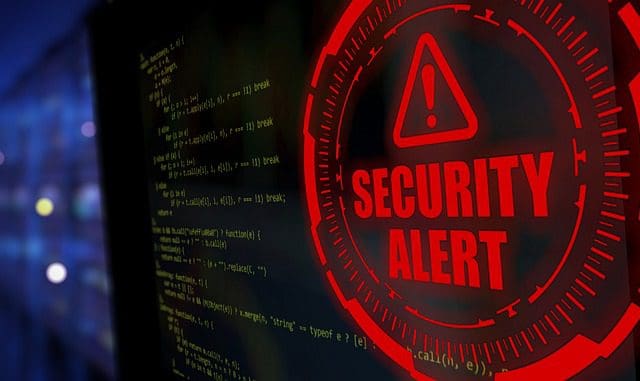Cyberterrorism refers to the use of technological tools by terrorist groups to attack critical infrastructure, computer systems, and the Internet. While cyberterrorism remains more fiction than fact so far, the increasing sophistication of hackers and growing vulnerabilities in infrastructure and computer networks have raised concerns about its potential impact. Understanding the nature of the threat and developing effective prevention and response mechanisms are crucial to managing risks.
The Capabilities Are Growing
Terrorist groups are actively developing their cyber capabilities and skills. They follow developments in cybercrime and leverage tools and techniques used by criminal hackers. Some groups have developed specific units focused on cyber operations and actively recruit hackers and coders. While their current capabilities appear limited, that could change rapidly if a group acquires more advanced skills or recruits cyber experts.
The tools terrorists use for cyberattacks are also becoming more powerful and accessible. Do-it-yourself cybercrime kits enable unsophisticated actors to launch cyberattacks with little training. Ransomware, malicious software designed to block access to computer systems until the money is paid, is proliferating. And vulnerabilities in software and infrastructure are frequently discovered, giving terrorists openings to exploit.
The primary targets of cyberterrorism would likely be critical infrastructure like power grids, water systems, hospitals, and transportation networks. By disrupting or destroying these systems, terrorists could undermine public security and confidence. However, domestic terrorism prevention programs aim to limit risks to infrastructure and prevent individuals from acquiring and using malicious cyber tools.
The Threat Level Remains Low
While the capabilities and intent of some terrorist groups are concerning, most experts think the threat of devastating cyberterrorism remains low for now. Only a few terrorist groups have shown a sustained interest in developing cyberattack capabilities. And conducting a significant cyberattack against infrastructure would require resources, expertise, and intelligence that most groups do not appear to possess.
Some argue that physical attacks remain the preferred method for most terrorists based on greater impact and visibility. Cyberattacks may not produce the kind of fear and visibility that terrorists seek. They can also lack the symbolic significance of physical violence. And cyber capabilities are harder to develop and deploy without detection compared to some physical capabilities.
However, continued advancement of groups’ cyber skills, increasing vulnerabilities in technology, and new tools that require little expertise could elevate the risks over time. Underestimating these risks or failing to take cyber threats seriously could make critical infrastructure and networks more vulnerable to attack. Monitoring for cyberterrorism and developing strong prevention and defense mechanisms are important to limit future threats.
Preparing Defense And Response
Governments and private sector partners need comprehensive strategies to defend against potential cyberterrorism and must strengthen domestic prevention programs. Identifying and monitoring terrorist groups actively trying to develop cyber capabilities helps track threats and discern their intentions and priorities. Fixing software and infrastructure vulnerabilities reduces openings for exploitation.
Developing effective response plans in the event of an attack is also crucial. Plans need to encompass both the cyber elements of the attack as well as its physical impacts on infrastructure and public well-being. First responders require training to handle cyber incidents in conjunction with more traditional emergency response. And society as a whole would benefit from education on cyber risks and resilience to reduce panic in the face of a major cyberterror attack.
To Wrap Up
While lone terrorist actors could potentially carry out cyberattacks, groups remain the primary concern. Their greater resources, coordination, and strategic objectives pose the highest risks for large-scale, devastating cyber terrorism. But by strengthening prevention, defense, and response at both government and societal levels, we can make critical systems more resilient and help ensure that cyberterrorism remains more of a threat in theory than in reality. Overall, continued vigilance and action to match the pace of technological change will be central to managing risks from cyberterrorism.
Featured Image by Elchinator from Pixabay





